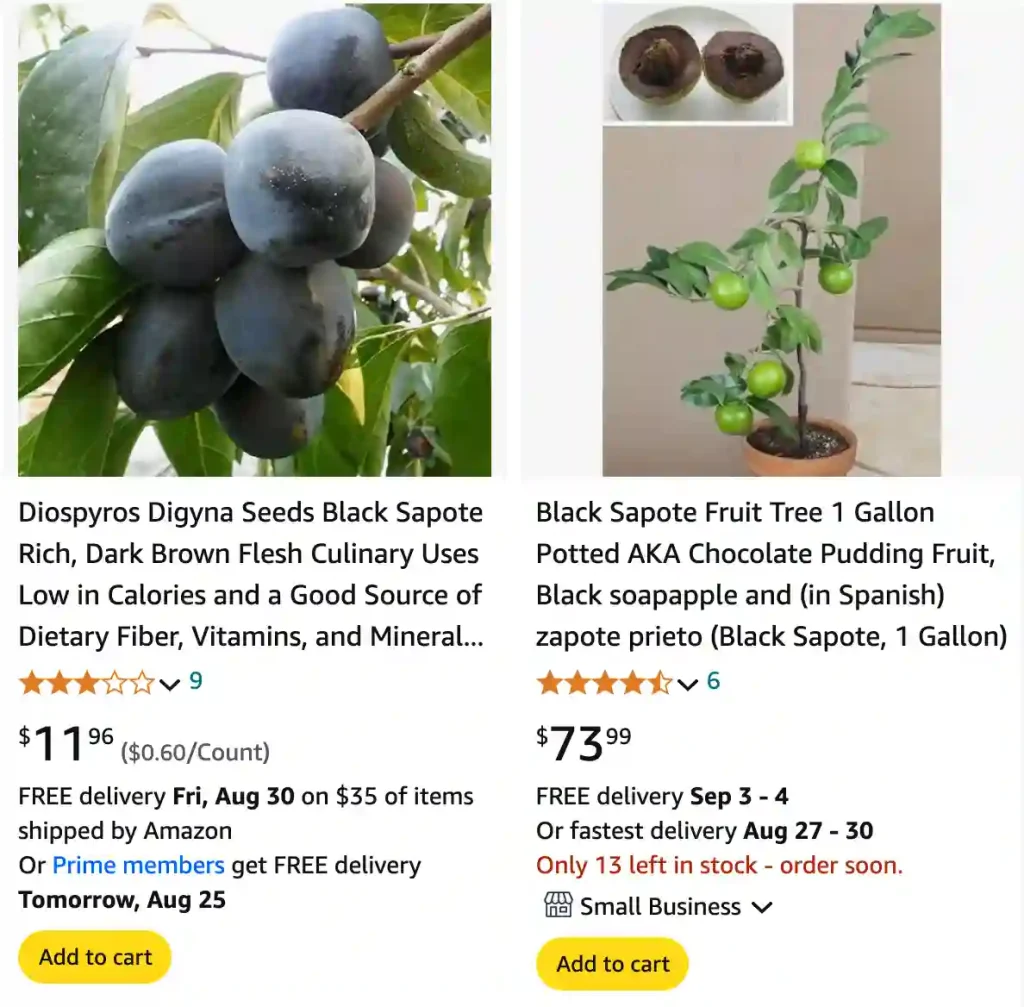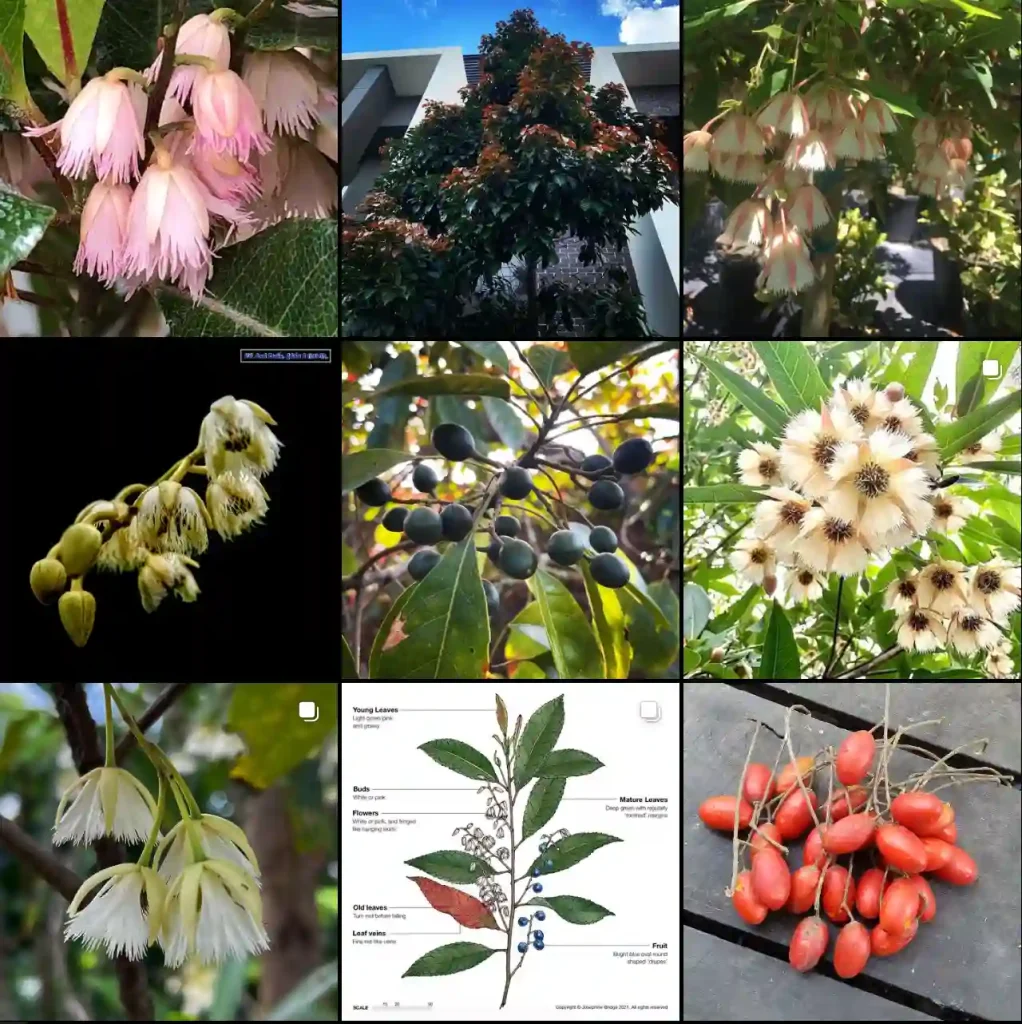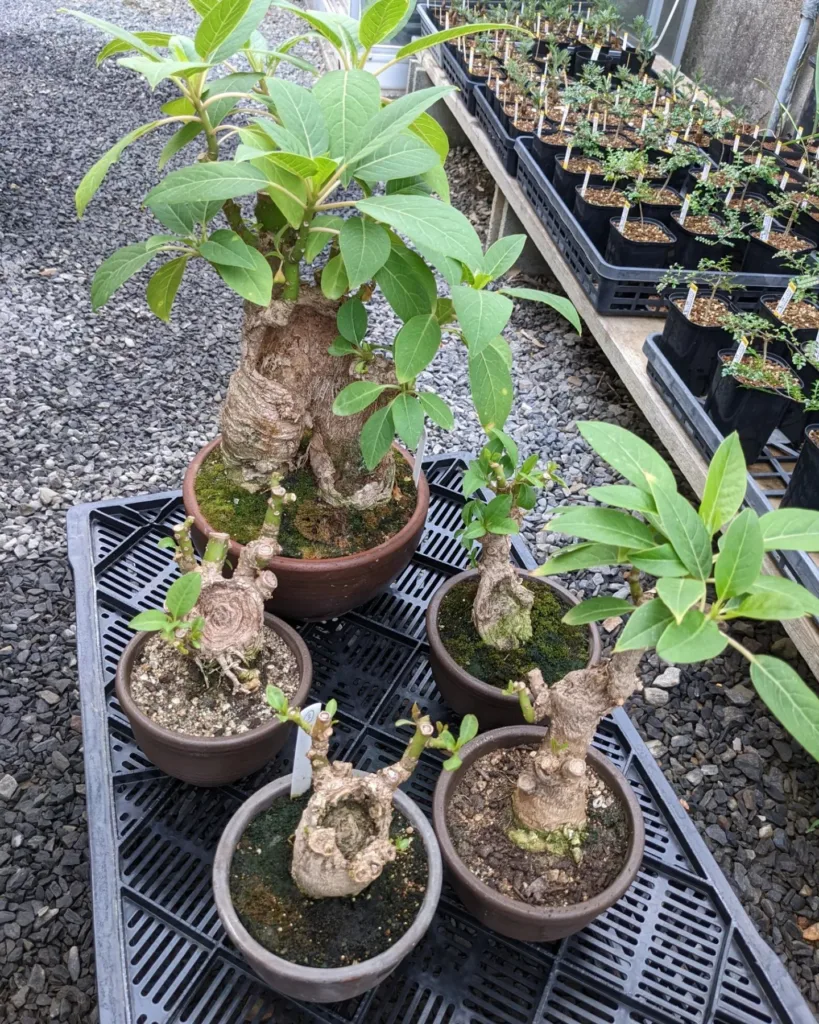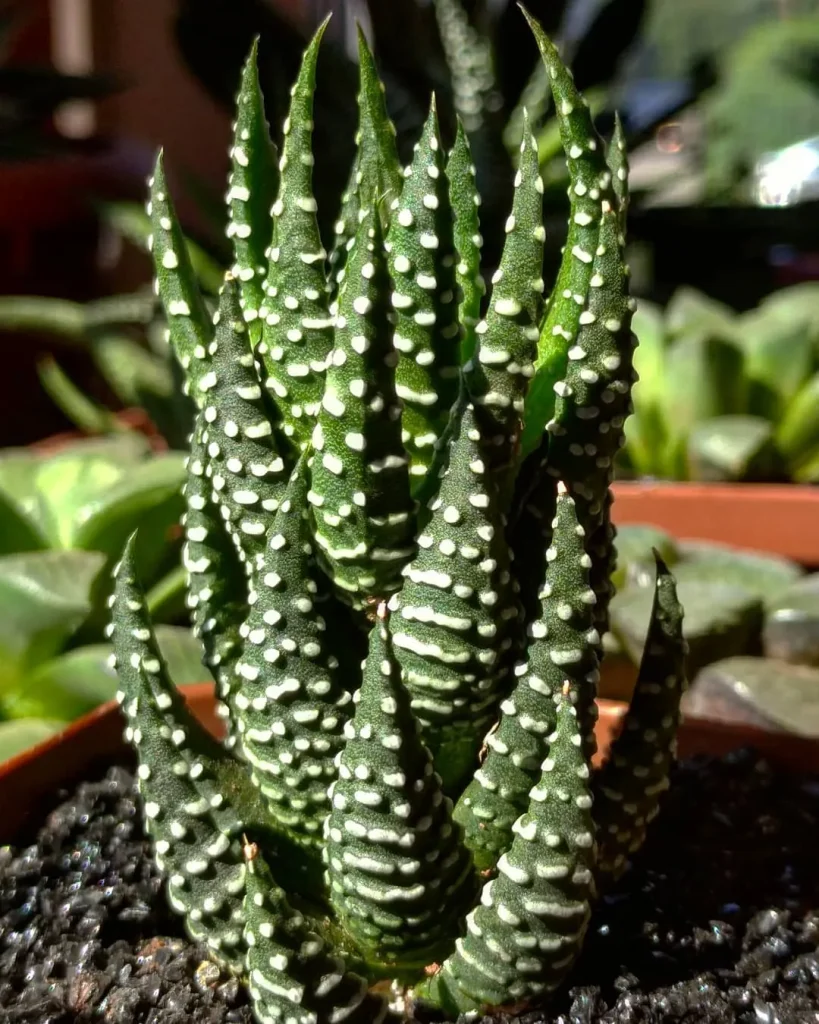
Black Sapote: Frequently Asked Questions
I’ve always been fascinated by exotic fruits, and one that never fails to intrigue me is the Black Sapote. Known as the “chocolate pudding fruit,” this unique fruit is not only delicious but also packed with nutritional benefits. Here are some frequently asked questions about Black Sapote that I’ve encountered, along with my personal experiences and insights.
780 Species in Genus Diospyros
What Is Black Sapote?
Black Sapote (Diospyros Digyna) is a tropical fruit native to Mexico and Central America. It’s a relative of the persimmon and is known for its dark, almost black, pulp that resembles chocolate pudding when ripe. The fruit itself is about the size of a tomato, with a green skin that turns dark as it ripens. Inside, the flesh is rich, creamy, and dark brown to black.
Where Can I Buy Black Sapote?
Finding Black Sapote can be a bit of a challenge, especially if you’re not in a tropical region. However, it’s often available in specialty grocery stores, farmers’ markets, or through online tropical fruit suppliers. I’ve had luck finding them at local farmers’ markets during the right season, but if you’re in a pinch, online shopping is a great alternative. Just be sure to buy from reputable sources to ensure quality.
What Does Black Sapote Fruit Taste Like?
The taste of Black Sapote is often compared to chocolate pudding, which is where it gets its nickname. It has a sweet, rich flavor with a hint of nuttiness. The texture is smooth and creamy, much like a custard. For me, the flavor is a unique combination of sweet and earthy, and it’s perfect for satisfying a sweet tooth without any guilt.
How to Eat Black Sapote?
Eating Black Sapote is simple. Once the fruit is ripe, cut it open and scoop out the flesh with a spoon. You can eat it as is, or add a bit of lime juice to enhance the flavor. It’s also great in smoothies, desserts, or even as a topping for yogurt and oatmeal. I love blending it into a smoothie with some banana and coconut milk for a delicious and healthy treat.
When Is Black Sapote Ripe?
Knowing when Black Sapote is ripe can be tricky, but it’s essential for enjoying its full flavor. The fruit is ripe when the skin turns a dark olive-green or even black, and it feels soft to the touch, similar to a ripe avocado. If the fruit is still firm or has light green skin, it’s not ready yet. Patience is key; let it ripen fully for the best taste.
How to Grow Black Sapote From Seed?
Growing Black Sapote from seed is a rewarding process, but it does require patience. Start by cleaning the seeds from a ripe fruit. Plant the seeds in a pot with well-draining soil, about an inch deep. Keep the soil moist and place the pot in a warm, sunny location. Germination can take several weeks to a few months, so be patient. Once the seedlings are large enough, they can be transplanted into larger pots or directly into the ground in a tropical or subtropical climate.
How to Know When Black Sapote Is Ripe?
You’ll know Black Sapote is ripe when the skin changes from green to a darker green or black, and the fruit becomes soft to the touch. A gentle press should leave an indentation, indicating it’s ready to eat. If it feels firm, it’s not ripe yet, and if it’s too mushy, it might be overripe. I usually let mine sit on the counter for a few days to a week until they reach the perfect ripeness.
What Is Black Sapote Fruit Good For?
Black Sapote is not just tasty; it’s also packed with nutrients. It’s a good source of vitamin C, vitamin A, potassium, and fiber. The fruit is low in fat and calories, making it a healthy addition to your diet. It’s also known for its antioxidant properties, which can help reduce inflammation and support overall health. I find it a great way to satisfy my sweet cravings while staying on track with my health goals.
Black Sapote vs. White Sapote
While they share a name, Black Sapote and White Sapote are quite different. White Sapote (Casimiroa edulis) is a different species and belongs to the citrus family. It has a sweet, custard-like flesh, often compared to a mix of banana, pear, and vanilla. In contrast, Black Sapote is more like chocolate pudding in flavor and texture. Both are delicious, but they offer different taste experiences. Personally, I enjoy the unique chocolatey flavor of Black Sapote more, but White Sapote is a delightful option for those who prefer a lighter, fruitier taste.
Common Problems and Pests in Growing Black Sapote
Like many tropical fruits, Black Sapote can be susceptible to pests and diseases. Common issues include aphids, scale insects, and fungal diseases. Keeping the plant healthy and stress-free is the best way to prevent these problems. Regularly check for signs of pests and treat with organic insecticides or soapy water as needed. Good air circulation and proper watering practices can help prevent fungal issues.
How to Care for Black Sapote Trees?
Black Sapote trees thrive in warm, tropical climates. They prefer well-draining soil and a sunny location. Regular watering is essential, especially during dry periods, but avoid waterlogging the roots. Fertilize with a balanced fertilizer to promote healthy growth and fruit production. Pruning is also important to maintain the tree’s shape and remove any dead or diseased branches. With proper care, Black Sapote trees can produce fruit for many years.
Is Black Sapote Toxic?
Black Sapote is safe to eat when ripe. However, the unripe fruit and seeds contain tannins, which can be mildly toxic and cause stomach upset if consumed in large quantities. Always make sure the fruit is fully ripe before eating to avoid any potential issues. When ripe, Black Sapote is not only safe but a delicious and nutritious treat.
Benefits of Eating Black Sapote
In addition to its delicious flavor, Black Sapote offers numerous health benefits. It’s a rich source of dietary fiber, which aids in digestion and helps maintain a healthy gut. The fruit’s high vitamin C content supports the immune system, while its antioxidants help combat oxidative stress. Regular consumption of Black Sapote can also support heart health, thanks to its potassium content, which helps regulate blood pressure. It’s a tasty way to boost your overall health and well-being.
Exploring the world of Black Sapote has been a delightful experience for me, and I hope this article has piqued your interest in this unique and nutritious fruit. Whether you’re looking to grow your own or simply enjoy its delicious flavor, Black Sapote is a tropical delight worth trying.
If i die, water my plants!



